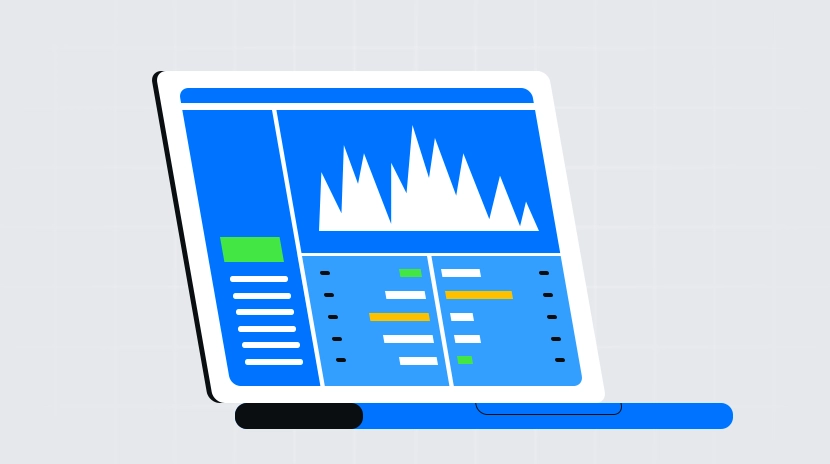fundamental analysis definition

Fundamental Analysis (FA) is a method for evaluating the value of cryptocurrencies by examining the underlying factors of a project to help investors make informed decisions. Unlike technical analysis which focuses on price movements, fundamental analysis delves into key elements such as the project's technological foundation, team strength, use cases, market demand, tokenomics, and competitive advantages. In the cryptocurrency market, where technology and use cases drive value, fundamental analysis is particularly crucial for identifying projects with long-term value.
What are the key features of Fundamental Analysis?
Fundamental Analysis in cryptocurrency investing has several key characteristics:
-
Project Evaluation Dimensions:
- Technical Foundation: Blockchain architecture, code quality, security, and scalability
- Team Background: Experience, expertise, and track record of the development team
- Solution Value: The actual problem the project solves and its market demand
- Competitive Analysis: Comparison with similar projects and unique advantages
- Adoption Rate and User Growth: Actual usage and community engagement
-
Tokenomics Analysis:
- Token Distribution: Allocation between founding team, investors, and the public
- Token Inflation/Deflation Mechanisms: Emission schedule and supply limitations
- Token Utility: Function and value capture within the ecosystem
- Vesting Periods and Release Schedules: Timeline for unlocking investor and team tokens
-
Distinctions from Traditional Finance FA:
- Lack of Standardized Financial Metrics: Few unified measures like P/E ratios
- Novel Value Indicators: Network activity, developer activity, and on-chain analytics
- Open-Source Transparency: Code reviews and development activity are publicly verifiable
- Community Factors: Governance participation and community support are crucial for success
What is the market impact of Fundamental Analysis?
Fundamental Analysis has profound implications for the cryptocurrency market:
In bull markets, projects with strong fundamentals typically experience more sustained growth rather than purely sentiment-driven increases. During bear markets, fundamentally sound projects often demonstrate greater resilience, continuing development and maintaining community confidence. Institutional investors particularly rely on fundamental analysis to identify long-term value investments and justify their investment decisions.
As the crypto market matures, investors are increasingly focusing on projects with substantive value rather than short-term hype. Those that demonstrate real-world applications, user adoption, and revenue models are gradually distinguishing themselves from purely conceptual projects.
What are the risks and challenges of Fundamental Analysis?
Despite its importance, Fundamental Analysis in the cryptocurrency domain faces unique challenges:
-
Data Reliability Issues:
- Projects may exaggerate technical progress or partnerships
- User statistics and adoption rates can be difficult to verify accurately
- Lack of standardized financial disclosure requirements
-
Rapidly Changing Industry Landscape:
- Speed of technological innovation makes long-term predictions difficult
- Regulatory uncertainty can quickly alter project prospects
- Emerging competitors can rapidly erode market share of existing projects
-
Methodological Limitations:
- Difficulty in assessing long-term viability of novel technologies
- Community and psychological factors are hard to quantify
- Market sentiment often overrides fundamental factors in the short term
Fundamental Analysis needs to be combined with technical analysis, sentiment analysis, and industry trend research to form a comprehensive investment perspective.
Fundamental Analysis plays a crucial role in cryptocurrency investment. As the market gradually matures, investors are increasingly focusing on the actual value and long-term viability of projects rather than short-term price fluctuations. Mastering fundamental analysis skills can help investors identify truly valuable projects in this highly volatile market, reduce investment risks, and capture long-term growth opportunities. However, the unique nature of the crypto market also requires investors to recognize the limitations of fundamental analysis and use it as part of a broader investment strategy rather than the sole basis for decisions.
Share
Related Articles

Gate Research: 2024 Cryptocurrency Market Review and 2025 Trend Forecast

Altseason 2025: Narrative Rotation and Capital Restructuring in an Atypical Bull Market
